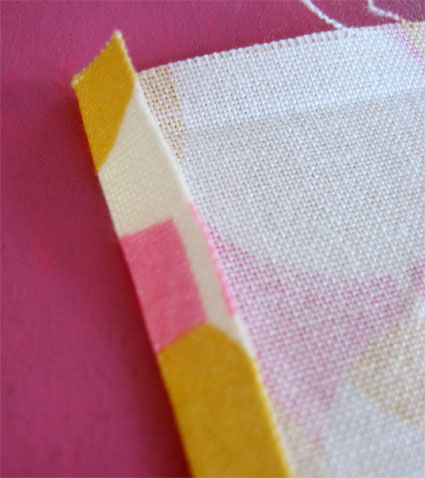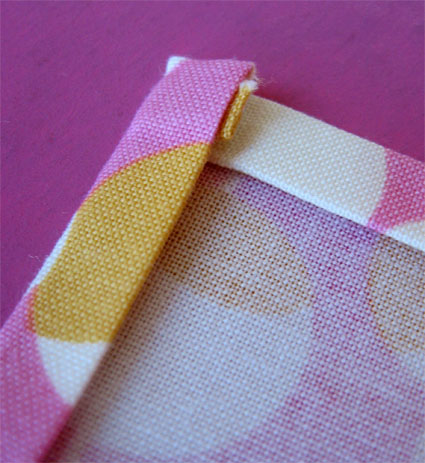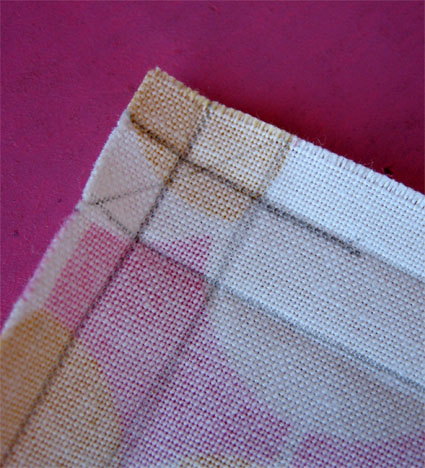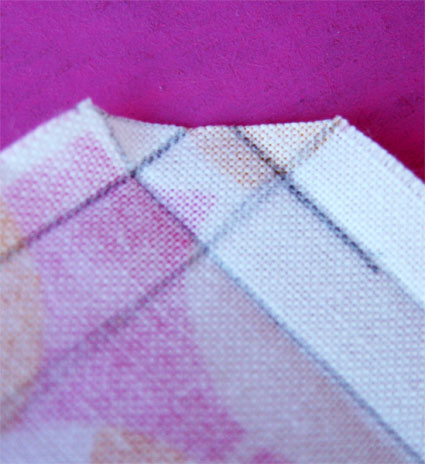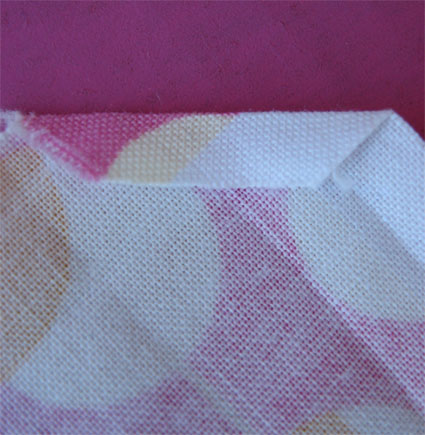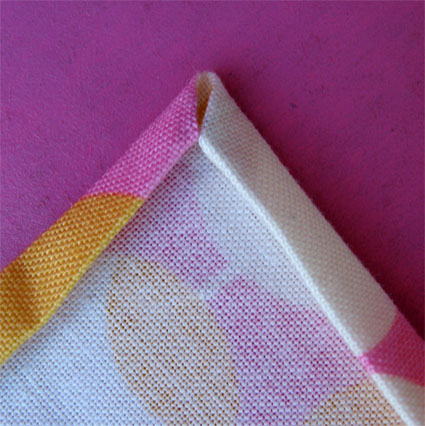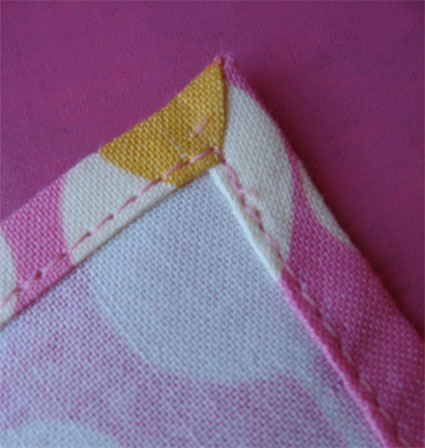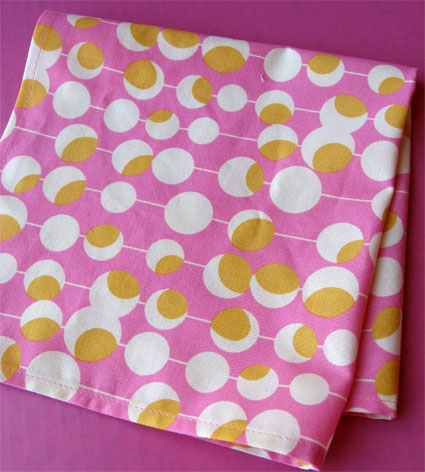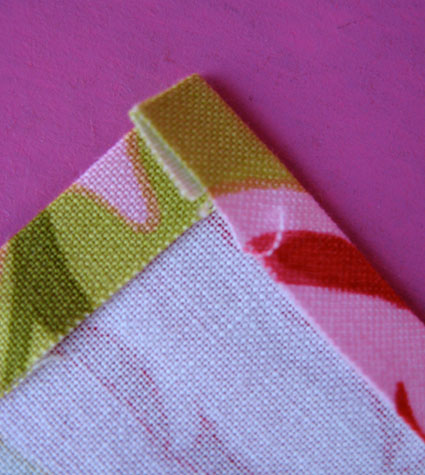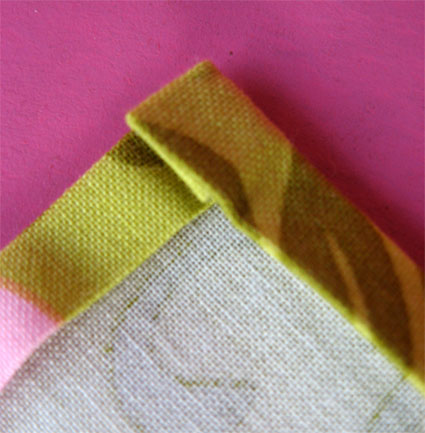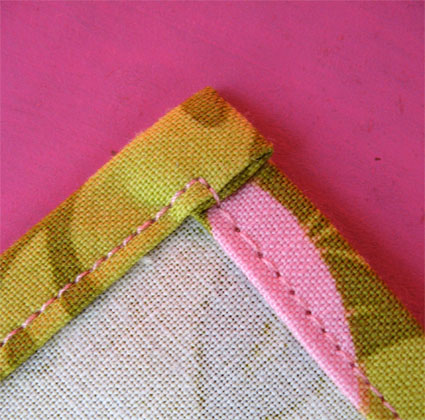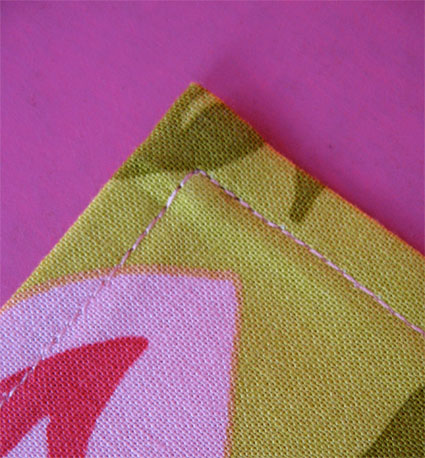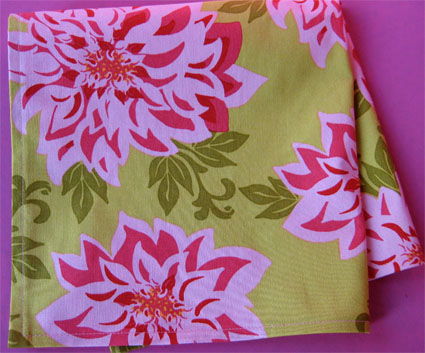March 30th, 2010
Money is a practical part of our lives, but that doesn’t mean it’s easy to understand. From investing to fighting the temptation to shop, money and spending are actually pretty subjective concepts that can either ruin our lives or help us develop stable futures for ourselves. In short, it’s all about how you view it. Here are 25 tricks for understanding the psychology of spending money and maximizing your ability to be in control.
General
These general tricks will keep your attitude towards money balanced and realistic.
Cash
- Beware of sales: Just because something is discounted doesn’t mean you should buy it. Decide whether or not you would have bought it if it wasn’t on sale, and then think of the discount as a bonus if you really believe you need it.
- Spend below your means: To spend below your means, you’ll need to eliminate debt, come up with a realistic budget, and put a reasonable percentage of your income into savings.
- Don’t buy what you can make yourself: Make your own lunches, coffee, and even clothes or home goods if you know how to sew. You’re just wasting your money if you can make something just as good or better yourself.
- Live one raise behind: Instead of adjusting your lifestyle to accommodate your new raise, continue living and spending as you were before, and put the extra into savings.
- Buy what you need, not what you want: Think about spending as exchanging money for things and services that you need, not just buying extra things that you want. Make a list of your needs vs. wants for the month, and then go back and edit it until you’re being truly honest.
Learn how to use cash so that you’re better organized and less willing to part with your money.
Credit
- Pay in full: For larger purchases, like a new TV, couch or even a used car, save up so that you can pay in full and avoid interest rates. You’ll also know that you can afford to pay, even despite any unforeseen circumstances that could make you late or short on payments in the future.
- Use cash, not plastic: It’s harder to part with physical cash than to swipe a debit card. Withdraw a certain amount every two weeks, and limit yourself to spending just that amount.
- Save your change: Every few days, empty all the loose change and dollar bills you have in your wallet. You’ll be surprised how much money you’ll save up in a month.
- Separate your cash into envelopes: Put your cash into non-bills categories for groceries, entertainment, gas and miscellaneous necessities. Only spend what’s inside.
- Be smart about ATMs: Decide beforehand which ATM you’re going to use to avoid extra banking fees, and how much you plan on taking out. You want to take out enough so that you don’t have to keep going back (and keep paying fees), but you don’t want to over-withdraw, which can leave to overspending.
These tricks address the dos and don’ts of using credit cards.
Budgeting and Saving
- Don’t use credit for everyday expenses: If you want to use a credit card, it should for emergencies or to improve your credit score. Using credit for everyday purchases makes it easier for you to turn to your credit card whenever it’s convenient. This bad habit also increases your chances of accruing unnecessary debt.
- Take responsibility for your own actions: Psychologists believe that people with internal locus of control are more responsible and accountable for their own actions rather than relying on luck, and accrue less debt.
- Learn how to prefer future benefits rather than immediate gratification: One of the easiest ways to fall into the debt trap is to believe that you must have things now. Train your mind and your lifestyle expectations to appreciate the benefits of saving up for something and rewarding yourself in the future instead.
- Understand the true horror of a life in debt: Sometimes, understanding how the purchases you make now — just because you feel like buying them — can actually ruin your life is enough to stop you from spending.
- Never use credit when you have cash: If you have the cash to pay for something, use that, not your credit card. This strategy will help you live within your means.
Here you will learn how to budget, track your money and save by changing the way you think about money.
Attitude
- Make 30-day lists: When you spot something you really want to buy, like a new pair of shoes, put it on a 30-day list. If you still want it in 30 days, buy it.
- Don’t be afraid to talk about money: Being honest about how much money you have in the bank and how long it will take to save a certain amount is stressful and unpleasant, but necessary. If you keep putting it off, you’ll never make any progress.
- Set up automatic savings plans: If you don’t think you’re strong enough to transfer money into savings, set up an automatic plan with the bank or your employer.
- Keep making payments, even when the item is paid off: If you’re used to living on a budget that accommodates a $300 car payment, keep putting that $300 aside even when the car is paid off.
- Calculate how your spending adds up: $3.50 for a cup of coffee doesn’t sound like much, but when you figure out how much it will cost you in a year, you’ll be more likely to stick that in savings instead.
Rework your attitude so that you have a healthy relationship with your money.
- Don’t associate your quality of life with how many things you have: Make a point to gauge your happiness with non-material things and concepts, people and activities that can’t be bought.
- Find free, or cheaper, entertainment: Start staying in one extra night per week. Find free — or at least cheaper — entertainment that you can still look forward to as a treat.
- Live for yourself, not other people: Don’t worry about keeping up with other people’s spending habits or lifestyles. Live according to what you need and what makes you happy.
- Be honest with what you really deserve: Just because you’ve had a rough day doesn’t mean you "deserve" a new dress. You may deserve a nap, but don’t inflate your idea of entitlement or reward based on your mood.
- Don’t associate money with evil or negative connotations: Money is serious, but you shouldn’t be afraid of it. Once you realize that you have control over how you spend, invest and save, you’ll have a more balance and productive relationship with money that isn’t based on fear or entitlement.




















 I shred a lot of paper nowadays to protect my identity. This producers bags and bags of trashed paper. Recycling it is one option. There are also a lot of things you can do with it, thus reusing as well as recycling. Also, it saves money.
I shred a lot of paper nowadays to protect my identity. This producers bags and bags of trashed paper. Recycling it is one option. There are also a lot of things you can do with it, thus reusing as well as recycling. Also, it saves money.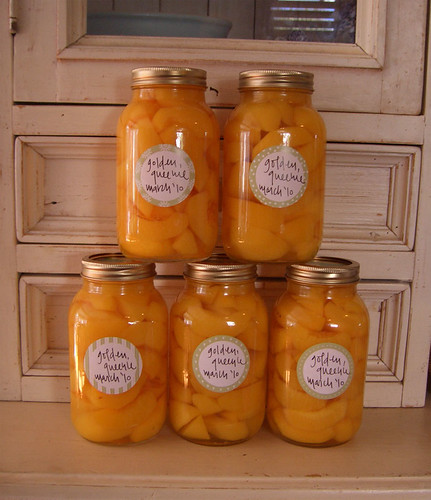










 Welcome back to BookCrossing, where books have adventures of their own. BookCrossing is earth-friendly, and gives you a way to share your books, clear your shelves, and conserve precious resources at the same time. Through our own unique method of recycling reads, BookCrossers give life to books. BookCrossing books are not stagnant dust collectors, but living entities travelling the world as true BookCrossing emissaries. Our books find new readers and introduce them to the wonders of BookCrossing.
Welcome back to BookCrossing, where books have adventures of their own. BookCrossing is earth-friendly, and gives you a way to share your books, clear your shelves, and conserve precious resources at the same time. Through our own unique method of recycling reads, BookCrossers give life to books. BookCrossing books are not stagnant dust collectors, but living entities travelling the world as true BookCrossing emissaries. Our books find new readers and introduce them to the wonders of BookCrossing. 
